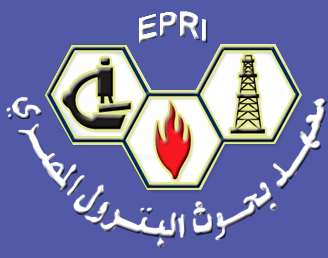Article Type
Research Paper
Abstract
In this study, the effectiveness of bleaching used palm olein oil was investigated using alkaline-activated rice husk as an adsorbent. The rice husk sample was activated with potassium hydroxide (KOH). Characterization of the raw and alkaline-activated rice husk (AARH) was carried out using Brunauer-Emmett-Teller (BET) and scanning electron microscopy (SEM). The AARH shows an improvement in the total surface area (127.210 m2/g) compared to that of the raw rice husk (59.520 m2/g). SEM micrograph investigation reveals an improvement in the morphological characteristics of the AARH. The examination of the bleached used palm olein oil using Fourier transform infrared spectroscopy (FT-IR) reveals the existence of distinctive functional groups. To evaluate the effectiveness of the bleaching process, operating temperature, contact time, and adsorbent dosage were varied. A bleaching efficiency of 53.17% was recorded as the best. The adsorption process at 80 °C is best described by the pseudo-second-order kinetic model, which has a coefficient of determination, R2, of 0.9848. The Temkin isotherm model offered the most accurate fitting for the adsorption figures, with the highest values of R2 (0.5395, 0.9967, 0.9650, and 0.9990) at temperatures of 60, 70, 80, and 90 °C, respectively. This investigation has proven that rice husk can be converted into an effective and efficient alkaline-activated adsorbent for vegetable oil bleaching.
Keywords
Alkaline-activation; Kinetic study; Rice husk; Equilibrium study; Used palm olein oil
Recommended Citation
Mohammed, J. G; Azeez, O. S; Uthman, H; Aboje, A. A; and Afolabi, A
(2024)
"Kinetic and Equilibrium Studies of Bleaching Used Palm Olein Oil Using Alkaline-Activated Rice Husk,"
Egyptian Journal of Petroleum: Vol. 33
:
Iss.
4
, Article 9.
Available at: https://doi.org/10.62593/2090-2468.1056
Creative Commons License

This work is licensed under a Creative Commons Attribution-NonCommercial-No Derivative Works 4.0 International License.







